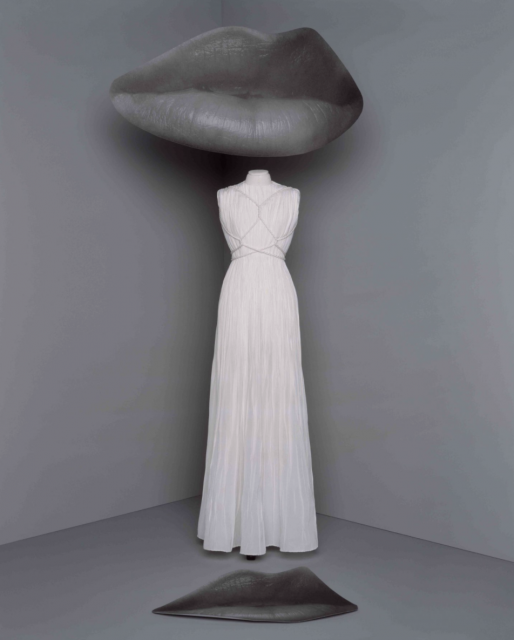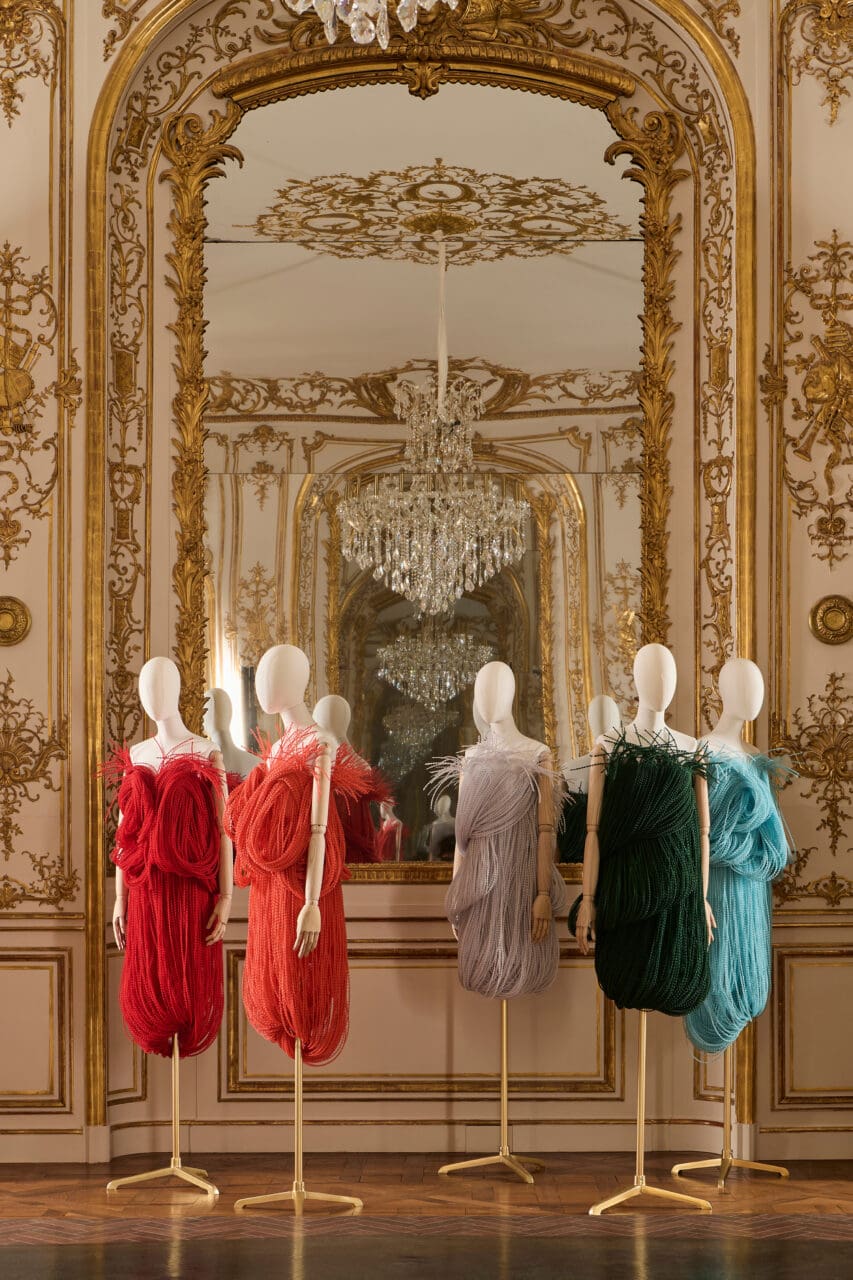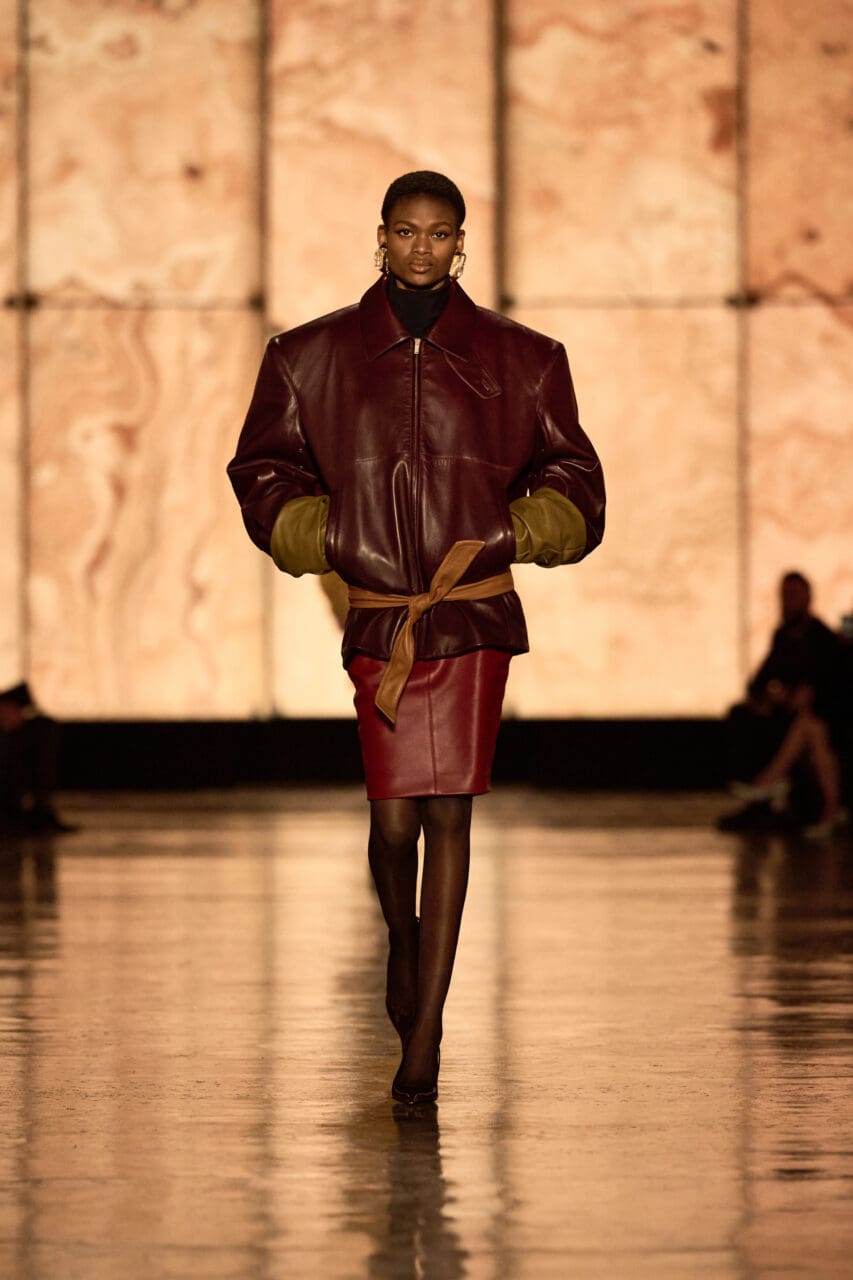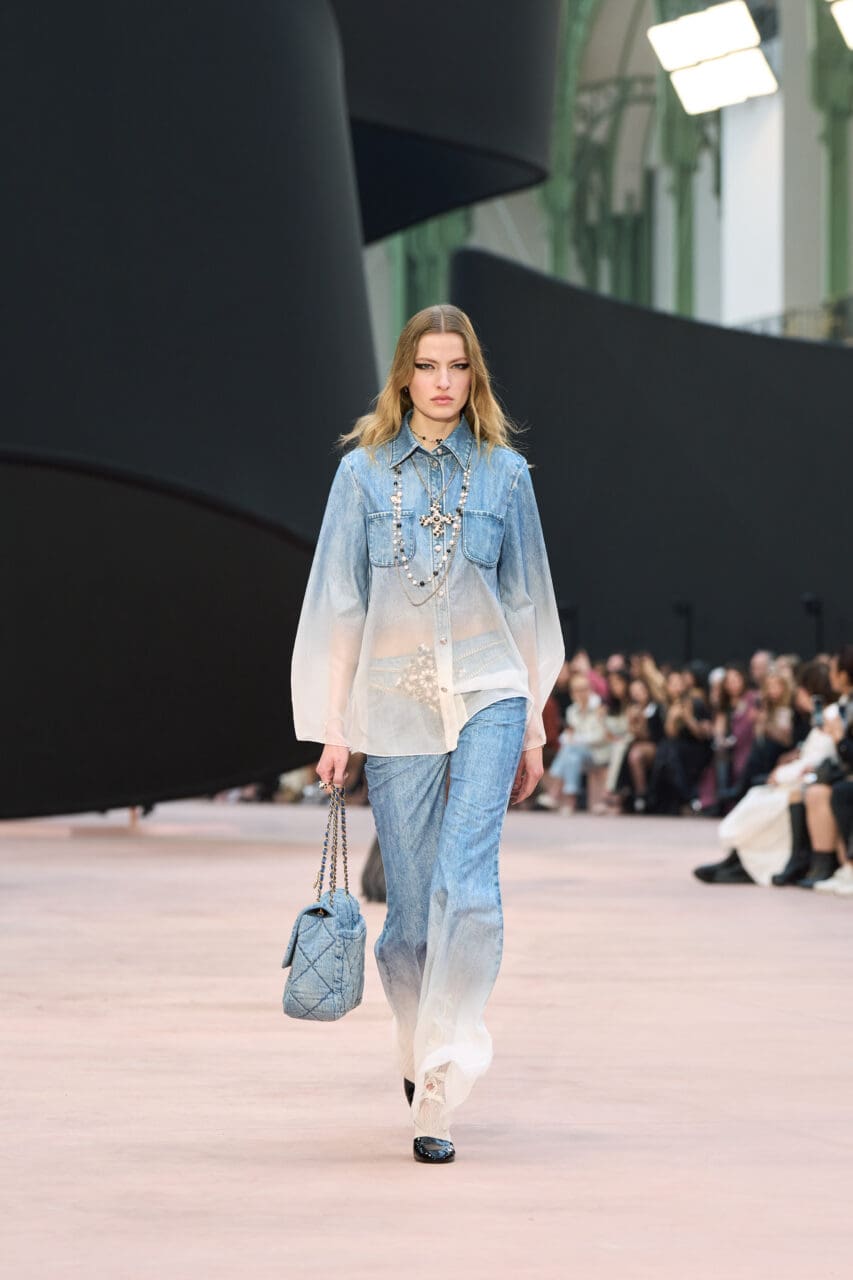When, in the early spring, Pierpaolo Piccioli was faced with a broken supply chain and an haute couture collection due in July, he began to contemplate the meaning of fashion’s finest craft in turbulent times. The Valentino couturier has often done so in the past, re-defining it as the physical embodiment of his core values. Distinguished by its one-of-a-kind ethos, Piccioli sees haute couture as a radical and individualistic representation of diversity and inclusivity put on this earth, above all, to inspire and transmit those beliefs. Now, conscious his show would have to be live-streamed through screens, it dawned on him: if haute couture is rooted in fantasy – and physical materials are sparse – why not create garments so fantastical they would have to come to life through magic?
“There was this sense of limitation, and we didn’t want not to dream,” Piccioli said, speaking after his presentation in Rome via videolink. Suspended between virtual reality and the material world, he created a small collection of mighty volumes. He realised his dozen-or-so dresses in the fanciful fabrics of couture, but retained them in all-white as a gesture of the resourcefulness of our time. Three silhouettes were even repeated from last season’s couture show to honour that idea. “White is a symbol of purity but it’s also a way to evaluate the human work: no gimmicks, no packaging, no storytelling. Just creativity and humans,” he said. Crafted in human proportions, he raised his dresses above the ground, elevated them on trapeze swings and monumental pedestals, and stretched their skirts to Rapunzel dimensions.
“I wanted to distort the proportions as an image of hope,” he said. “It’s not for walking. Couture is for dreams.” This was possibility beyond the realm of rationalism. Then, Piccioli projected his garments with the images of his imagination: the colours and flowers he had been dreaming of while sketching his way through lockdown in his garden in the Roman coastal town of Nettuno. Many were rooted in the natural elements, he said. “I thought about it as a rebirth. The elements are the start of any beginning.” One dress was illuminated by magnified flowers, another made sparkly by shimmering lights. One saw Mariacarla Boscono bathed in luminous terracotta, and one had her torchlit aerially with a mile-long moving quote from Pier Paolo Pasolini: “We don’t want to live without dreams.”
Piccioli noted that he keeps a neon of the quote in his office. “I want to look at it every day. We started making this collection in a moment when it was impossible to dream.” (Practically, his atelier fitted each dress on lifeless mannequins to observe health and safety measures.) Through his light show, Piccioli was employing digital tools as part of his artisanal sewing kit. The collection was a recognition of our moment in time – lives lived through screens – but also of the raison d’être of haute couture itself. Never mind tales of the billionaire clients who buy it; to Piccioli, haute couture continues to exist because its creative and inspirational possibilities are endless.
It doesn’t matter that wearing these dresses would require the vast Cinecittà Studios in Rome (where the performance took place) and image-maker Nick Knight (who shot it) and the world’s biggest projector (and longest legs). They were put into this world as a gesture of beauty and fantasy, and in a time of hope, that was a gift to us all. Asked if he’d be customising the very long dresses to his clientele, Piccioli said yes. “But I don’t think couture clients need new stuff right now. I think they – all of us – need new emotions and dreams.”
Previously published on British Vogue
Editor
Anders Christian Madsen




